Bridgnorth, Shropshire
Up to 1834
A parliamentary report of 1777 recorded parish workhouses in operation at Claverley (for up to 20 inmates) and at Worfield (12 inmates).
Claverley's workhouse was an L-shaped building at the south side of the Bull Ring.
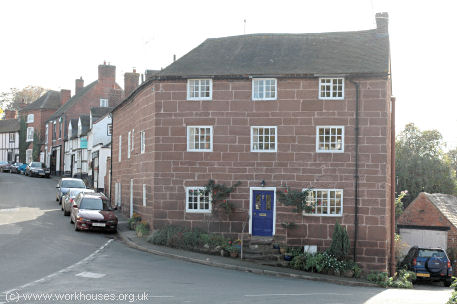
Claverley former workhouse, 2006.
© Peter Higginbotham.
Worfield had a parish workhouse from 1729. A cottage at the west side of the village main street was used for this purpose.
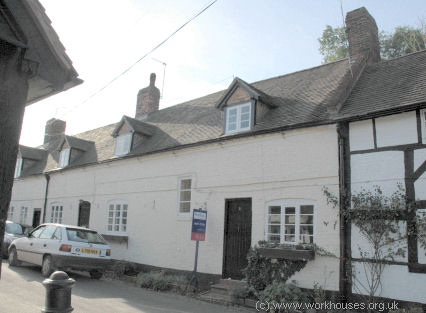
Worfield former workhouse, 2006.
© Peter Higginbotham.
The Bridgnorth parish of St Mary Magdalene had a workhouse on Bernard's Hill, Lower Town.
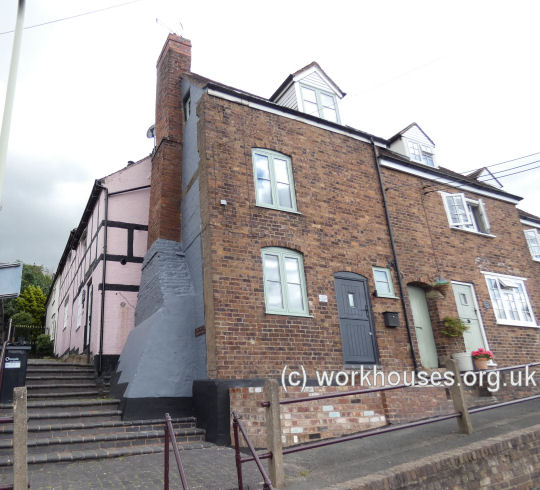
Former Bridgnorth St Mary workhouse, 2020.
© Peter Higginbotham.
Bridgnorth's other parish, St Leonard's, had a workhouse at the west side of the North Gate, linked to the local 'house of correction' — a prison for idlers and vagrants.
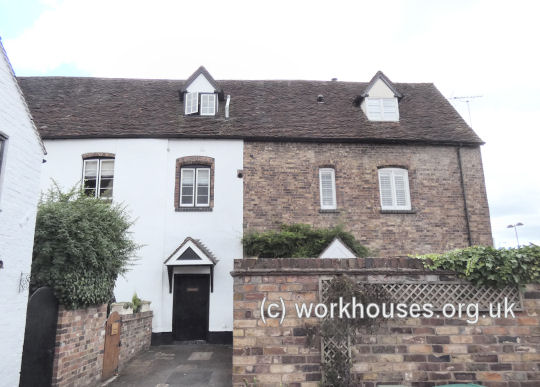
Former Bridgnorth St Leonard workhouse, 2020.
© Peter Higginbotham.
In the 1830s, a workhouse exsisted in the parish of Chetton.
After 1834
The Bridgnorth Poor Law Union formally came into being on 31st May 1836. Its operation was overseen by an elected Board of Guardians, 35 in number, representing its 29 constituent parishes as listed below (figures in brackets indicate numbers of Guardians if more than one):
County of Salop:
Acton Round, Alveley, Astley Abbots, Aston Eyre, Billingsley, Bridgnorth St Leonard's (3), Bridgnorth St Mary Magdalen (3), Burwarton, Chelmarsh, Chetton, Claverley (2), Cleobury North, Deuxhill, Ditton Priors, Eardington, Glazeley, Middleton Scriven, Monkhopton, Morville, Neenton, Oldbury, Quatford, Quatt, Romsley, Sidbury, Stanton Long, Tasley, Upton Cressett, Worfield (2).
Later Additions: Rudge (from 1895).
The population falling within the Union at the 1831 census had been 14,316 with parishes ranging in size from Upton Cressett (population 43) to Bridgnorth St Leonard's (2,517) and Bridgnorth St Mary Magdalen (2,268). The average annual poor-rate expenditure for the period 1833-35 had been £5,900 or 8s.3d. per head of the population.
Initially, the union continued to make use of the town's two parish workhouses. The Poor Law Commissioners authorized an expenditure of £600 on the alteration and enlargement of existing premises. Pigot's 1842 directory lists a workhouse at Barnet Hill, Low Town, with William and Mary Wall as governor and matron.
In 1848, the union erected a new workhouse on Innage Lane at the north side of the Bridgnorth. Its location and layout are shown on the 1901 map below.
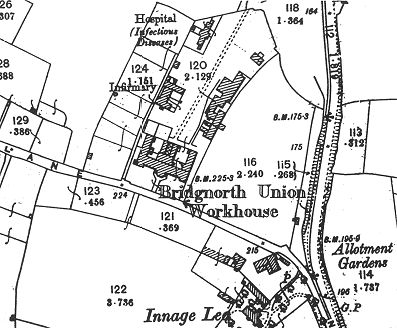
Bridgnorth workhouse site, 1901.
The main building at the south of the site had a U-shaped layout. Administrative offices and a Guardians' board would have been located at the centre with separate male and female inmates' accommodation to each side. A dining-hall would probably have been placed at the centre rear. Later additions at the north of the main building included an infectious block in 1875, an infirmary, and a casual ward at the east of the site.
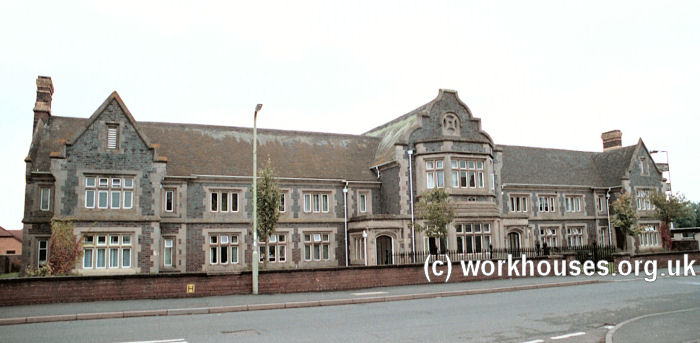
Former Bridgnorth workhouse main block from the south-west, 2000.
© Peter Higginbotham.
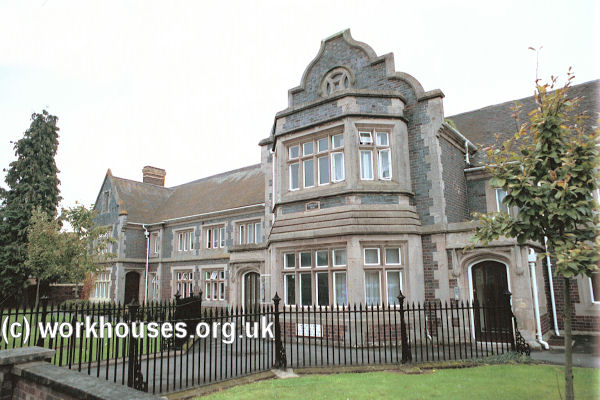
Former Bridgnorth workhouse main block from the south, 2000.
© Peter Higginbotham.
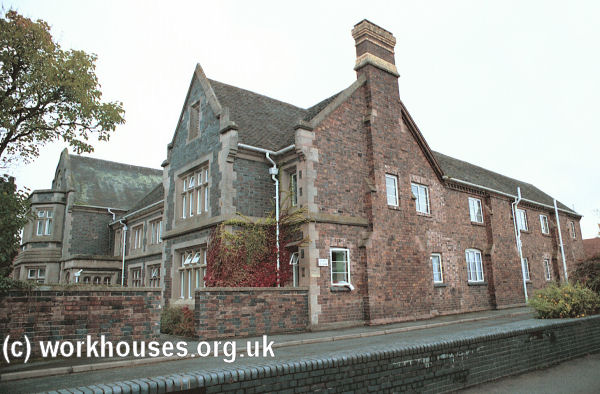
Former Bridgnorth workhouse main block from the south-east, 2000.
© Peter Higginbotham.
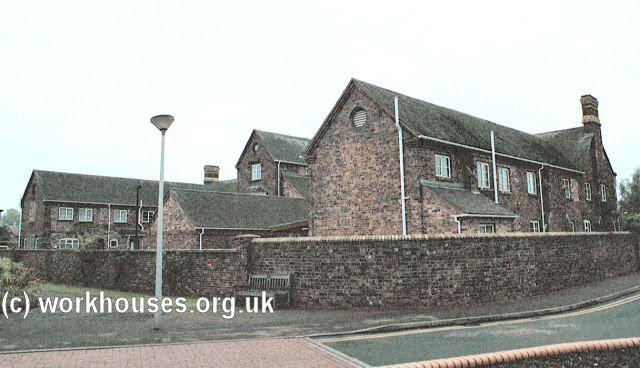
Former Bridgnorth workhouse main block from the north-west, 2000.
© Peter Higginbotham.
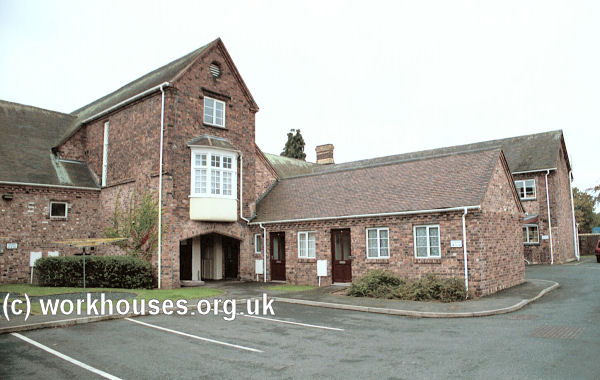
Former Bridgnorth workhouse main block from the north-east, 2000.
© Peter Higginbotham.
After 1930, the former workhouse became a Public Assistance Institution and subsequently a residential home for the elderly known as Innage house. The surviving buildings, now known as Andrew Evans House, have been converted to residential use.
Staff
Inmates
Records
Note: many repositories impose a closure period of up to 100 years for records identifying individuals. Before travelling a long distance, always check that the records you want to consult will be available.
- Shropshire Archives, Castle Gates, Shrewsbury, Shropshire SY1 2AQ. Please note that records may contain gaps or have access restrictions - please check before visiting. Holdings include Guardians' minute books (1859-64, 1884-1930); Creed register (1884-1931); Apprentice indentures (1847-87); etc.
Bibliography
- Higginbotham, Peter The Workhouse Encyclopedia (2014, The History Press)
Links
- None.
Unless otherwise indicated, this page () is copyright Peter Higginbotham. Contents may not be reproduced without permission.


